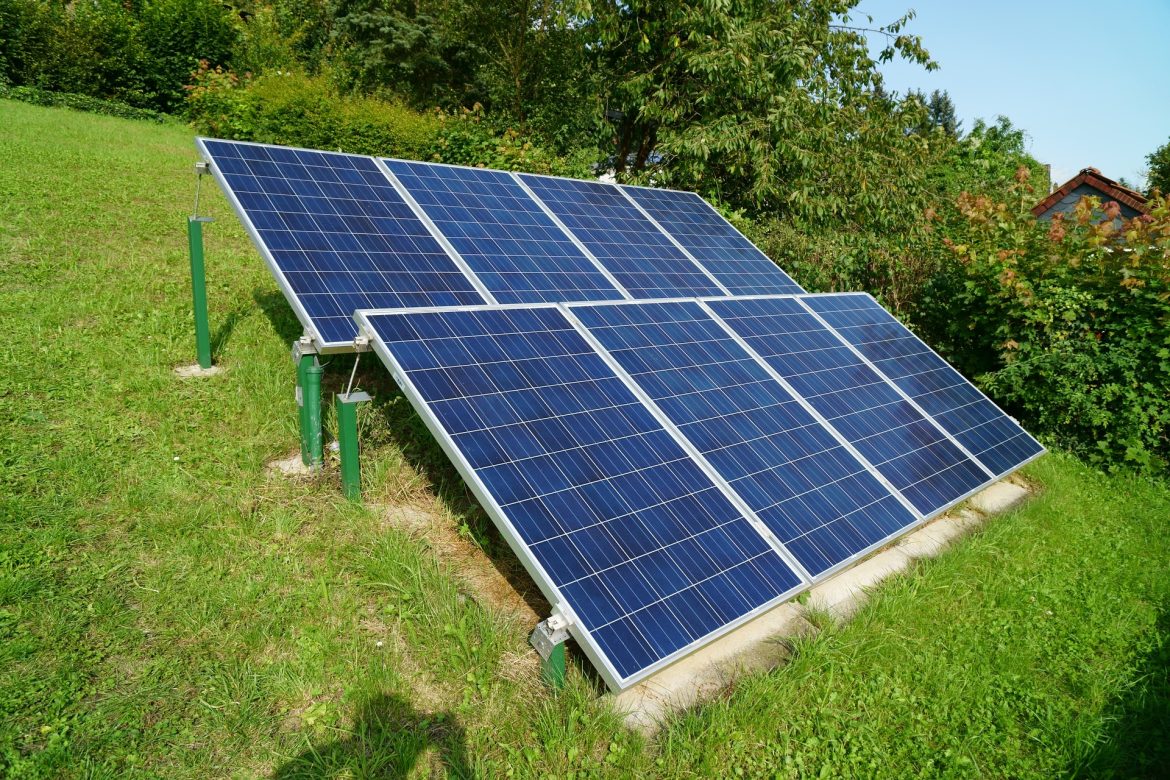Kenya Power, the country’s main electricity provider, is implementing a solar mini-grid project to bring clean and reliable power to 55,000 small and medium enterprises (SMEs) in remote fishing communities. The project is part of the Kenya Electricity Modernisation Project (KEMP), which aims to increase electricity access and improve service reliability in Kenya.
The solar mini-grid project, funded by the World Bank, will cover 137 sites in 12 of the country’s 14 counties. The project will electrify 567 public facilities, including schools, health centers, and administrative offices. It will also power water pumps for 380 boreholes. The project will benefit about 277,000 households or 1.5 million people.
According to Kenya Power, the solar mini-grids will reduce the dependence on diesel generators, which are costly and polluting. The solar mini-grids will also enhance the productivity and income of the SMEs, especially those engaged in fishing activities. The lack of electricity has been a major challenge for the fishing communities, who have no storage facilities and are forced to sell their catch at low prices.
The solar mini-grid project is one of Kenya’s initiatives to achieve its universal electricity access goal by 2030. The country has made significant progress in expanding its grid network and increasing its renewable energy capacity, especially from geothermal, wind, and solar sources. According to the World Bank, Kenya’s electricity access rate increased from 23% in 2009 to 75% in 2019.
However, some areas remain underserved or off-grid due to their remoteness and low population density. These areas suit mini-grid solutions, providing decentralized and customized power supply. The World Bank estimates that Kenya needs about 3,000 mini-grids to meet the demand of its rural population.
The solar mini-grid project is also aligned with Kenya’s commitment to reduce its greenhouse gas emissions and mitigate the effects of climate change. The project will contribute to the country’s target of achieving a 100% renewable energy share by 2030. The project will also support the country’s green recovery from the COVID-19 pandemic, which has affected its economy and social sectors.
The solar mini-grid project is expected to be completed by June 2023. Kenya Power says it has already published the locations of the 137 sites in the official gazette and is acquiring land for the project. The company says it is working closely with the county governments and the local communities to ensure the smooth implementation and sustainability of the project.
The solar mini-grid project is a testament to Kenya’s leadership and innovation in deploying renewable energy solutions for its development needs. The project will improve the quality of life of millions of Kenyans and create new opportunities for economic growth and environmental protection.
Source: ESI Africa



